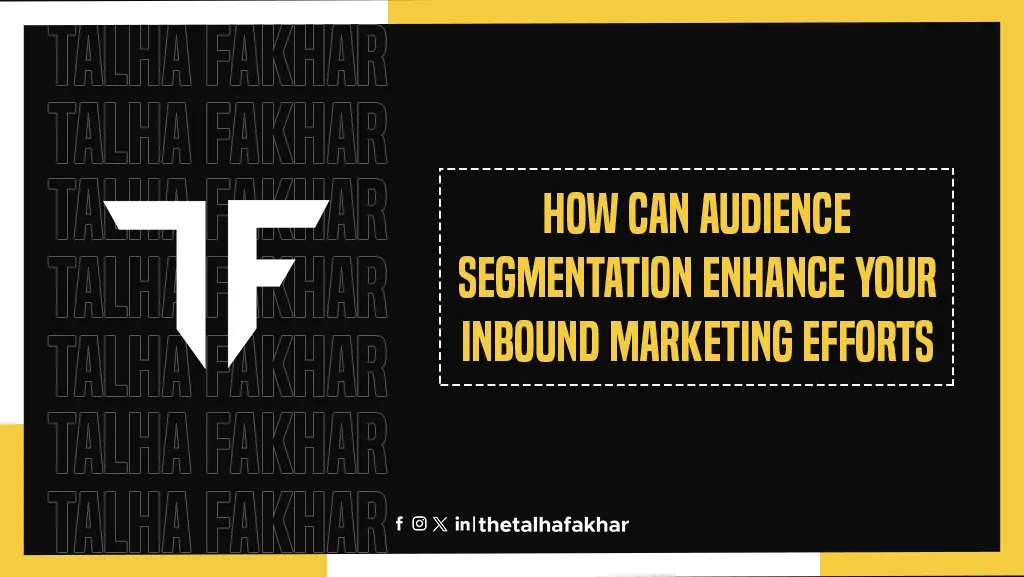In the current world of digital marketing, progress depends on your ability to connect with your target audience effectively. One powerful approach to achieve this is through audience segmentation. In this blog post, we will explore the concept of audience segmentation and its role in enhancing your inbound marketing efforts.
Audience segmentation is not merely a trend but a fundamental strategy for modern marketing. It enables businesses to move beyond generic, one-size-fits-all marketing campaigns and create highly personalised experiences for their customers.
By learning more about the nuances of audience segmentation, we will uncover how it can revolutionise your digital marketing efforts and set you on a path toward greater engagement and development.
Audience segmentation is the practice of dividing your audience into distinct, homogeneous groups based on shared characteristics. This enables you to create tailored marketing strategies, delivering the right message to the right people at the right time.
Inbound marketing is an approach that focuses on attracting and engaging potential customers through valuable content and interactions. Audience segmentation is a crucial component of inbound marketing, as it allows you to tailor your content and interactions to the specific needs of your audience.
Imagine an e-commerce fashion brand that practises inbound marketing. By segmenting their audience, they can deliver personalised content and product recommendations, such as exclusive offers for frequent shoppers or style tips for those interested in high-end fashion. This enhances their customer engagement and ultimately drives sales.
Below you will find some impressive benefits of audience segmentation that will show you how it can significantly enhance your inbound marketing processes:
Audience segmentation allows you to create content that is highly relevant to each segment. This personalization increases engagement, as your audience receives content that speaks directly to their desires and interests.
When your messages are customized to specific segments, you’re more likely to see higher conversion rates. Segmented marketing campaigns are more effective at guiding potential customers through the sales funnel.
By understanding the unique preferences of different segments, you can develop long-term relationships with your customers. Personalized communication fosters loyalty and encourages repeat business.
Segmentation assists you with allocating your resources in a smart way. Instead of blanketing all customers with the same message, you invest in reaching the segments with the most buying potential, thus reducing wasted resources.
Customers appreciate when they receive offers that are aligned with their requirements. Audience segmentation leads to higher customer satisfaction, as they feel that your brand understands and genuinely values their likes and dislikes.
Segmentation provides valuable insights into customer behavior, helping you identify trends, pain points, and emerging opportunities. This data can shape your overall marketing strategy.
Understanding the pain points of different consumer segments can stimulate intuitive product development. You can develop products and services that are more likely to resonate with diverse customer groups.
Brands that smartly employ audience segmentation have a competitive edge. They can outperform competitors in terms of relevance and customer engagement, leading to increased market share and brand authority.
To segment your audience effectively, you need a deep understanding of who your target audience is. This involves researching their demographics, interests, and what exactly they are in need of.
Analysing consumer behaviour helps you identify unique patterns and preferences within your audience, enabling you to publish content that communicates transparently with them.
Establish clear criteria for segmentation, such as age, location, buying behavior, or engagement level. This will guide your efforts and ensure consistency.
Create distinct segments and categorise your audience based on your criteria. Divide them into groups that share common characteristics and desires.
Customer Relationship Management (CRM) systems provide valuable data for segmentation, allowing you to create, classify as well as track buyer personas.
Conduct surveys to gather direct insights from your audience. Their feedback can be invaluable in creating more accurate segments and eventually, tailored content for specific audience groups.
Utilise Google Analytics to gain a clearer understanding of your website visitors, their behavior, and their interests. With this wealth of data at your disposal, you can make data-driven decisions to further fine-tune your strategies.
Analyze email open rates, click-through rates, and customer responses to identify audience preferences. Additionally, monitor the timing and frequency of interactions to refine your email marketing strategy.
Craft personalised content and messaging for each segment to maximize engagement and conversions. Leverage dynamic content and A/B testing to continually optimize your messages for each audience group.
Not all segments are created equal. Focus your resources on those that offer the greatest potential for ROI. Regularly assess segment performance and adapt your strategies to allocate resources where they make the most impact.
Stay up-to-date with varying consumer behaviour and adjust your segmentation strategies accordingly. This includes integrating new data sources, updating buyer personas, and keeping an eye on emerging trends in your industry.
By now, you know for sure that by dividing your audience into smaller segments, you can amp up the chances of success of your inbound marketing campaigns. But let’s read about some real-life examples and brands that are already enjoying the fruits of the different types of audience segmentation techniques out there:
By classifying buyers based on different fitness levels and goals, Nike tailors its ad campaigns, reaching the right consumers with the right products. This approach not only boosts sales but also fosters a strong community of loyal customers who identify with the brand’s commitment to an active lifestyle. With social media engagement and user-generated content, Nike connects with its audience, creating a vibrant ecosystem of brand advocates and enthusiasts.
Spotify’s on-point music recommendations are the result of precise audience segmentation. They analyse user behaviour to create playlists that cater to individual music tastes. This strategy not only keeps users engaged and satisfied but also provides valuable insights for artists and record labels to understand their fan base better and keep improving their music marketing campaigns.
Audience segmentation allows you to connect with your audience on a personal level, hence facilitating content creation that actually yields results. To supercharge your inbound marketing, embrace audience segmentation. By doing so, you can follow in the footsteps of industry giants like Nike, Amazon, and Spotify.

